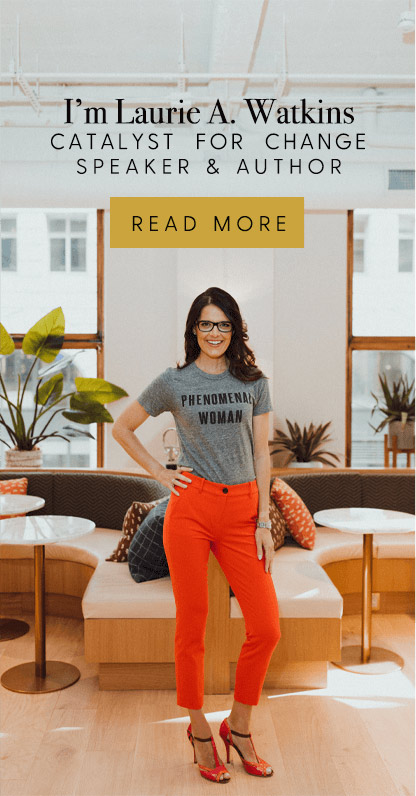As COVID-19 cases continue to surge around the country, with new hot spots developing, schools and school districts around the country are being forced to reevaluate their learning plans for the 2020-2021 school year.
In President Trump’s plea for schools to reopen, he references children having “much stronger” immune systems than adults. What he fails to mention are the teachers, staff, and administration that would also have to be present at schools.
Some major scenarios people are afraid of with schools reopening:
- If a teacher tests positive, how do you find a substitute for a class full of potentially exposed children?
- If a teacher lives with someone exposed, do they get their 14-day quarantine time-off paid? Do the students also have to be excused from school for 14 days?
- How will students and staff get tested if there is a potential exposure?
- In upper level schools, a teacher could see 5 different classes of students per day – the range of exposure actually grows as children grow older.
- Will schools honestly notify parents if there is an exposure or do HIPPA laws prevent this?
- What do other gathering areas look like such as the cafeteria, bathrooms, playgrounds, library, sports, clubs, etc.?
- Will schools be providing proper PPE or is it up to individuals and families?
Many of these issues go back to our topic of Community Care in the time of Coronavirus. People need to think beyond just themselves. There could be teachers with immunocompromised partners, children, or parents. And what about all of the homes with multi-generational families?
Los Angeles Unified School District Superintendent Austin Beutner said in a video announcement Monday that more information on the details to the start of the school year will be shared “in the coming weeks” and that “our goal is to welcome students back to school as soon as it is safe and appropriate for us to do so.” LA’s district is the second largest in the country.
New York, the largest school district in the country is proposing a staggered approach to in-person schooling. Gov. Andrew Cuomo said Monday that in order for in-person class to be allowed, a region must be in Phase 4 of reopening, which New York City is not. School districts also must be in regions where the daily infection rate remains at 5% or lower over a 14-day average. Apparently, a final decision will be made in early August.
With the two largest school districts in the country holding off on a final decision still for some time, what does this do to parents? How are parents, especially with full-time jobs, supposed to plan for their year, their schedule, their time, their childcare needs, etc.
Juggling e-learning and a job simply isn’t possible. In this Coronavirus economy, it seems you can either be a parent or have a job. How are you supposed to manage a school curriculum while also managing Zoom meetings, household chores, bills and responsibilities, and everything else we have to do as adults?
What about families with children that can’t learn remotely? Special education students and their parents are in a particularly challenging predicament.
Remote learning has already widened the gap of achievement in racial and socioeconomic realms due to lack of access to tutors, quality internet, and even those students with essential worker parents unable to oversee their e-learning.
The new normal for working parents is managing their own job, their own Zoom meetings, Zoom schooling, homework, music, art, PE, meals, and if you have more than one child – being a referee when they inevitably start fighting.
Do you prioritize your own job, the one that pays the bills and gives your family insurance? Or do you prioritize your child’s education and development? You can’t expect parents to make this kind of choice. Never before have parents been faced with such an issue.
I am not going to say that I have a solution. But what I do hope is that for families facing e-learning, you take the opportunity to teach your kids what is important to you beyond their academic curriculum. Teach them to be good people, to be anti-racist, to be kind, and to stand up for what they believe in.






